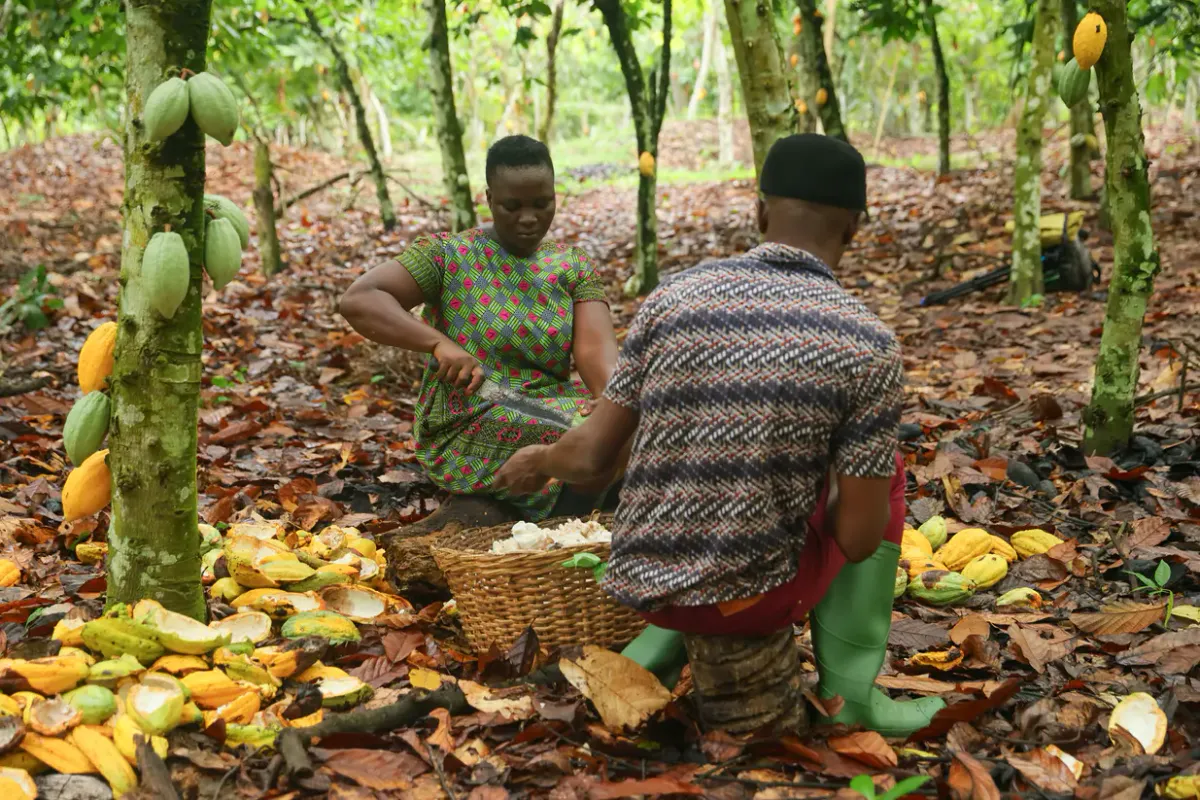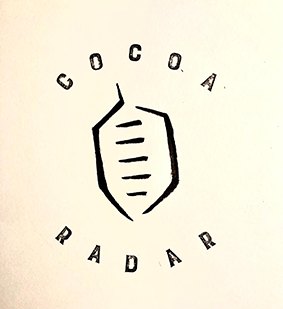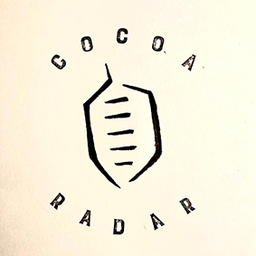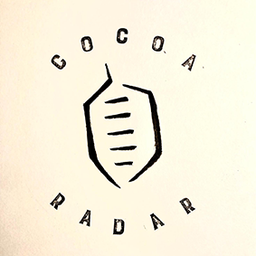In Brief:
- KitKat Vegans were one of the first plant-based versions of 'high street' chocolate bars to be launched when it came on the UK market in 2021.
- Nestlé has now entirely discontinued vegan KitKat, confirming that remaining UK stock will sell through only “while stocks last.” The move follows slowing sales, weak global demand and higher unit costs tied to complex manufacturing.
- The vegan chocolate segment is still growing from a small base (approximately US$1.3–1.5 billion globally, depending on the methodology, from low hundreds of millions), with double-digit CAGRs projected—but this growth is uneven and highly price-sensitive.
- Mainstream, year-round bars struggle when priced at a premium and produced on complex, low-volume runs; seasonal and specialist SKUs (e.g., dairy-free Easter) show pockets of strong sell-through.

What just happened (and why it matters)
Nestlé has confirmed KitKat V is discontinued globally - including the UK once residual inventory clears - citing declining demand and manufacturing complexity (dedicated ingredients and shorter production runs increase unit costs). For a mass brand like KitKat, those economics are challenging to sustain without scale and repeat purchase.
Market reality check
Size & growth: Public estimates vary, but all agree on a small base with double-digit growth - here’s what we know:
- $0.81bn (2024) → $1.87bn (2030) @ ~15% CAGR (vegan chocolate confectionery only).
- $1.38bn (2024) → $3.77bn (2032) @ ~14% CAGR (broader 'vegan chocolate' cut).
- $1.18bn (2025) → $2.71bn (2032) @ ~12.6% CAGR (alt methodology).
Category dynamics: Growth is not uniform. A UK example (reported in this week's CocoaRadar's Market Report): dairy-free Easter eggs surged at Waitrose in 2025 (+193% YoY), suggesting seasonal success when shoppers actively seek ‘free-from’ gifts - yet that doesn’t guarantee year-round bar velocity in the mults.
The economics: why alternative bars stumble
- Higher conversion costs: Vegan lines often require ingredient segregation and allergen controls, shorter runs, and more complex sourcing (e.g., dairy alternatives), resulting in higher per-unit Cost of Goods Sold (COGS) compared to dairy SKUs. Nestlé explicitly flagged complexity as a factor.
- Input price pressure: The cocoa shock (especially cocoa butter, as recently reported by CocoaRadar) has lifted costs across all chocolate. Vegan ‘milk’ styles typically rely more on cocoa butter to deliver creaminess, so spikes squeeze margins unless retail prices rise - risking demand. (Category context from rising chocolate prices and supply stress.)
- Price elasticity & repeat purchase: In mass retail, a premium versus dairy equivalents suppresses trial and repeat purchases. Kantar has highlighted tighter shopper budgets and flat volumes across the UK grocery sector - conditions that penalise premium niches without strong value cues.
- Taste expectations: Indulgence parity remains the threshold; if a vegan bar isn’t clearly as satisfying, consumers default to trusted dairy SKUs—especially when the vegan option costs more. However, the KitKat V was exceptional and “one of the nicest tasting vegan chocolate products,” according to one vegan consumer.
Demand signals: is the trend sustainable?
- Yes, as a specialist and seasonal niche: Free-from shoppers (allergy/lactose-intolerant) and ethical vegans sustain a durable sub-segment, with seasonal peaks (Easter/Christmas) and strong performance in premium/specialist channels.
- Mixed, in mainstream everyday bars: Without parity pricing and indulgence parity, velocity lags. Nestlé’s retreat from a blockbuster brand activation is a signal that mass-market vegan line extensions can be fragile when macro headwinds and cost structures bite.
- Macro growth continues from a small base: Multiple trackers still project a 12–15% CAGR through 2030–2032, but that growth will likely be skewed toward private label, speciality brands, and seasonal gifting, rather than big-brand core bars.
Implications for cocoa & confectionery stakeholders
- Cocoa butter demand: Vegan ‘milk’ styles can be butter-intensive; if the niche grows, butter demand is supported - yet volatility in butter pricing can quickly render SKUs uneconomic without premium price points. (Context from broader price escalation.)
- Portfolio strategy: Prioritise seasonal, gifting, and premium artisanal ranges (where shoppers are more mission-driven and less price-elastic) over year-round mass bars.
- Manufacturing footprint: To improve margins, pursue longer runs, shared vegan platforms, and co-manufacturing where feasible to reduce changeover costs.
- Positioning: Lead with indulgence first (texture, snap, melt), not just ethics. The brands that win make their vegan bars the “best-tasting option that happens to be vegan.”
- Pricing & promo: Aim for price-parity events (EDLP or meaningful promos) to drive trial, then rely on quality to hold repeat.
- Regulatory & labelling: Mind EU chocolate standards—vegan analogues can’t use certain dairy-linked claims. Clear, positive front-of-pack language (e.g., “oat milk chocolate”) plus allergy cues help conversion.
CocoaRadar’s Bottom Line
The vegan chocolate trend is sustainable as a niche, not yet as a mass-market bar replacement. Growth will continue - but selectively - until brands can deliver taste parity at price parity and lower manufacturing complexity. Nestlé’s pulling of vegan KitKat is less a verdict on vegan chocolate overall and more a reminder that mainstream economics and shopper value tests are unforgiving.
Sources: Nestlé/media coverage on Vegan KitKat discontinuation; multiple market estimates on vegan chocolate growth; UK retail demand context and seasonal performance.
Further reading:

- From the Desk of CocoaRadar is the official media partner ECA 9th European Cocoa Forum.
- 'From Our Desk. To Yours. Daily.'
- Sign-up here for free and upgrade to an annual plan.



